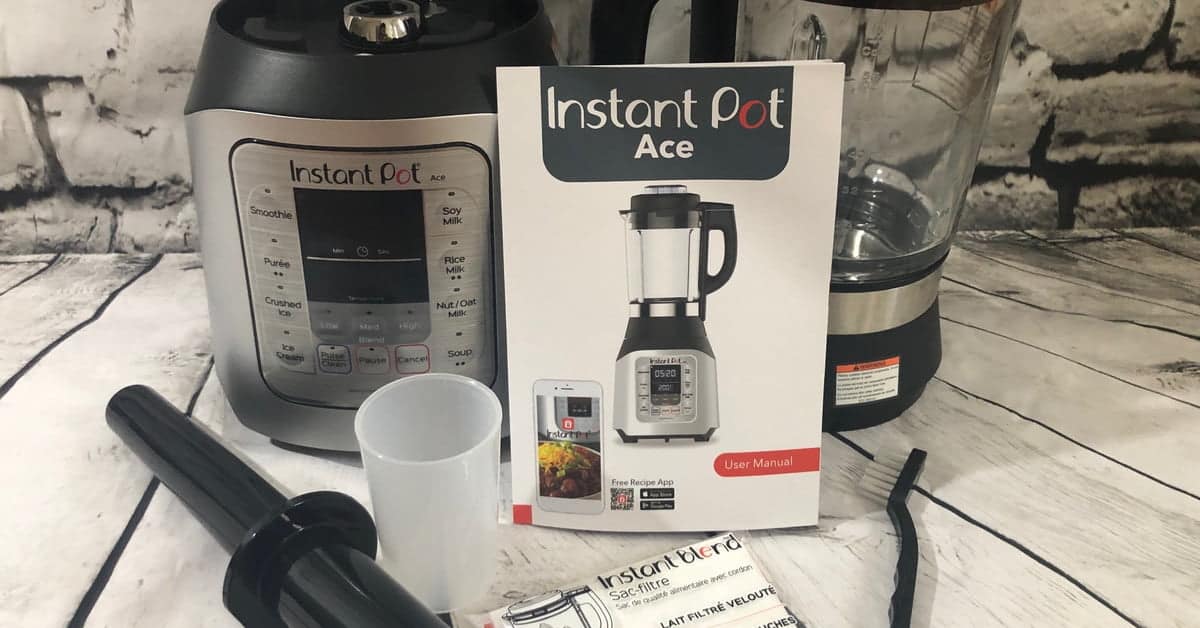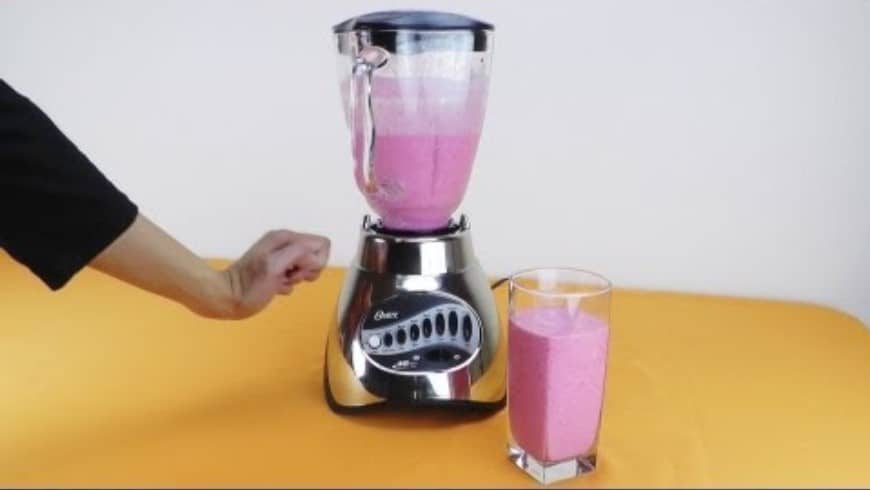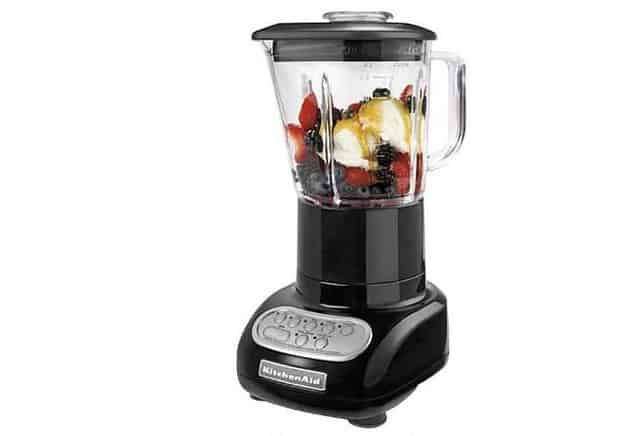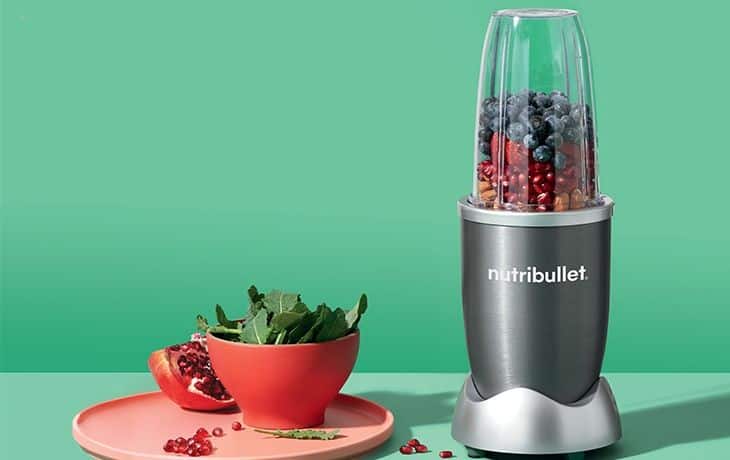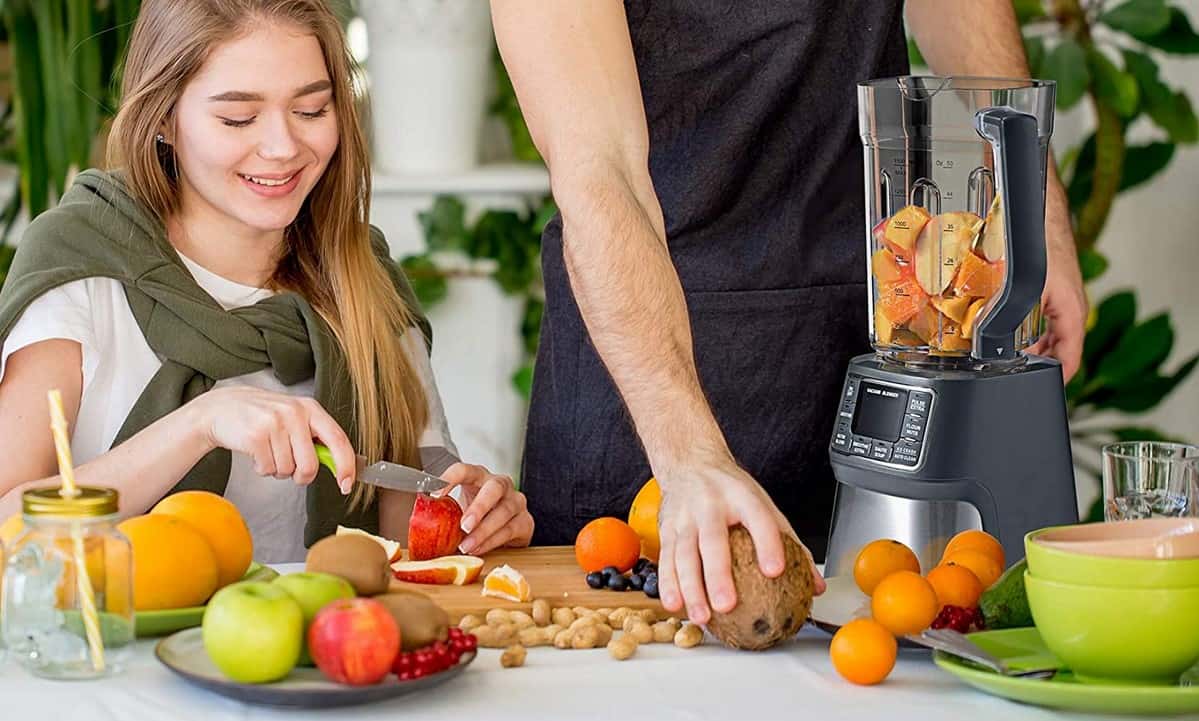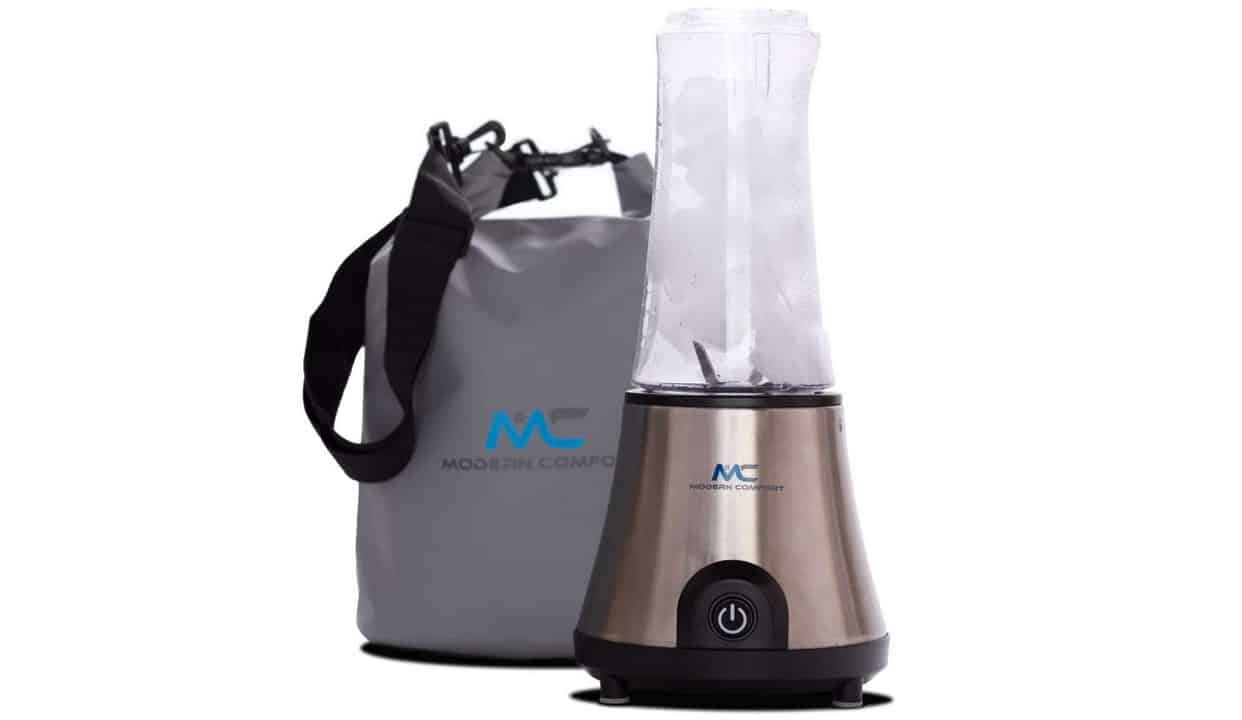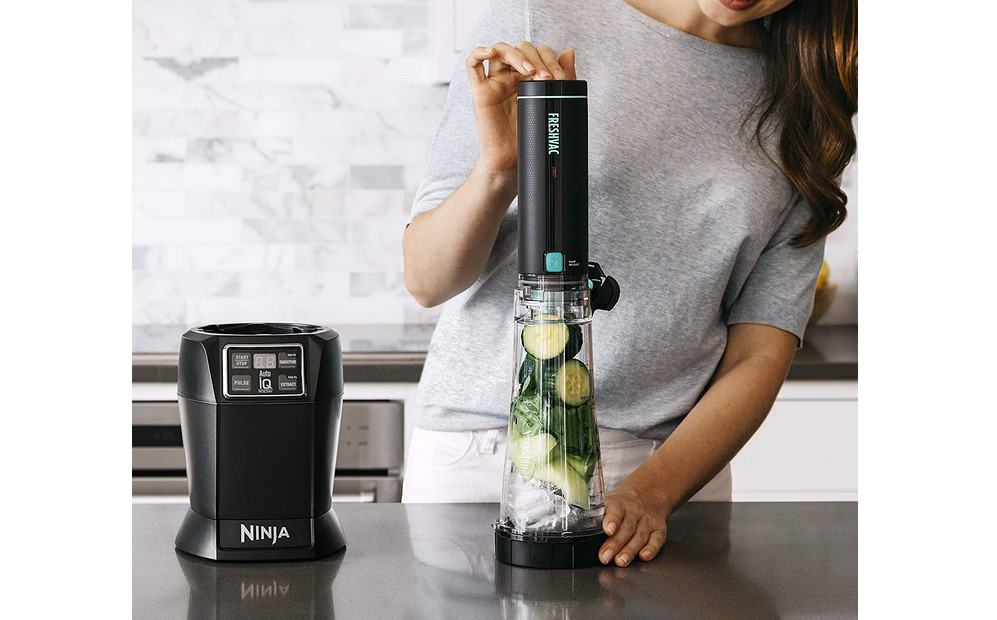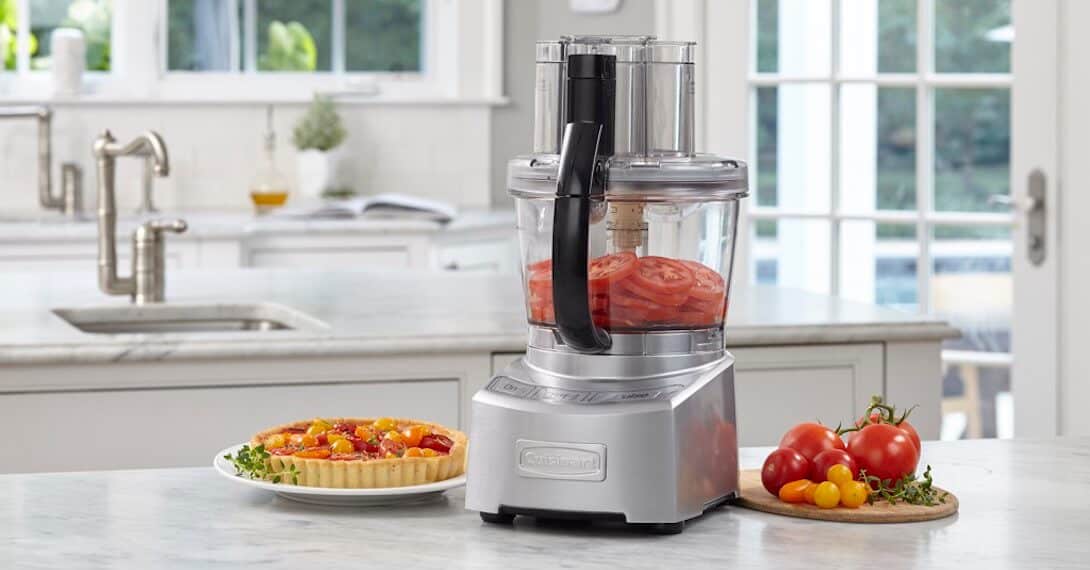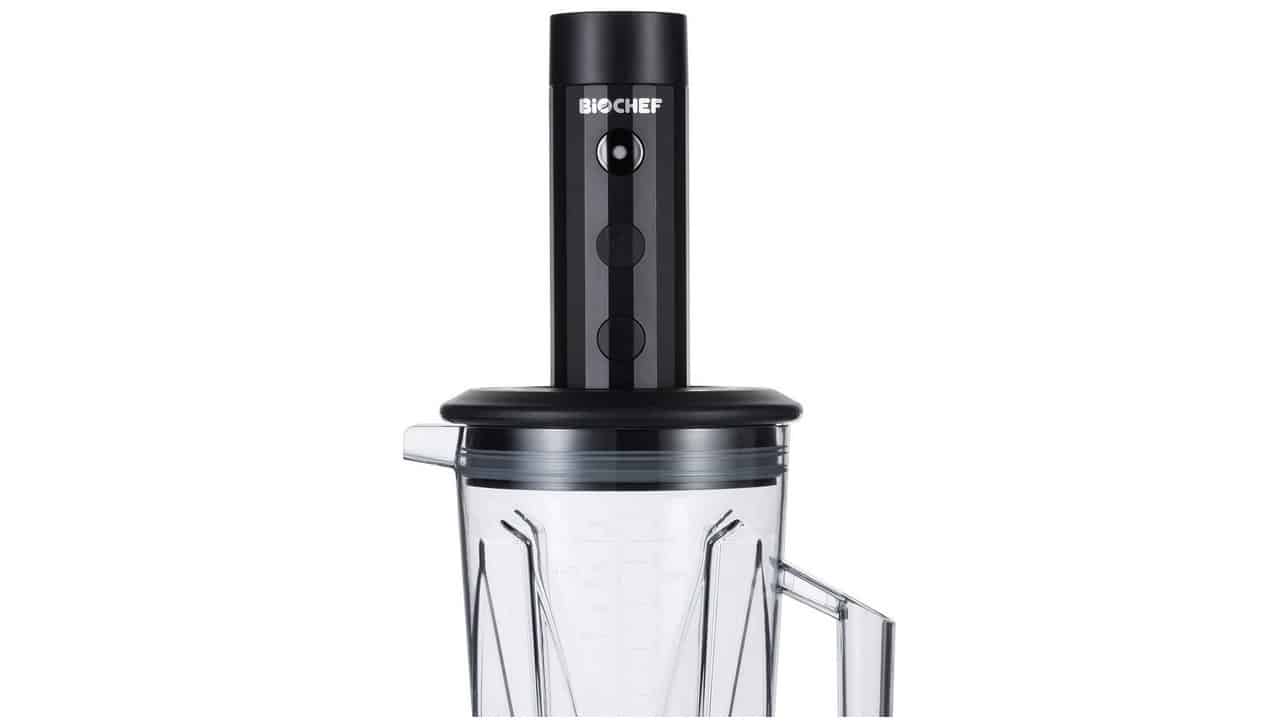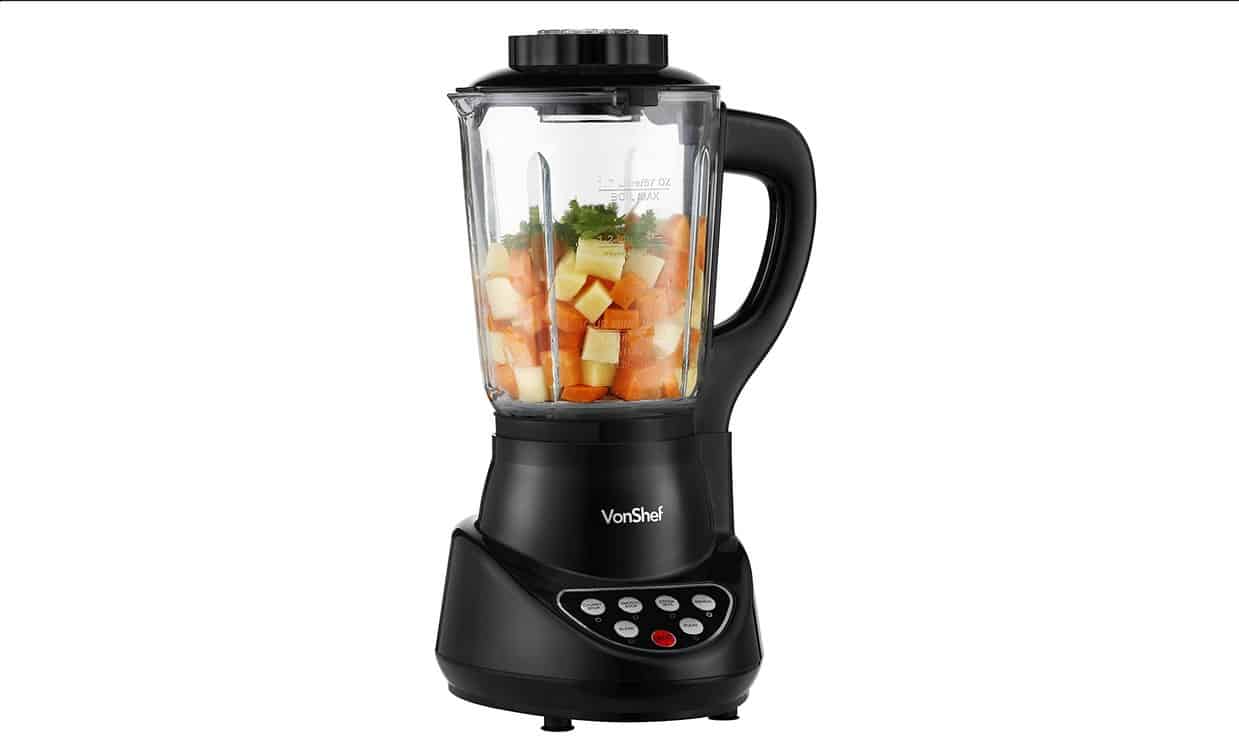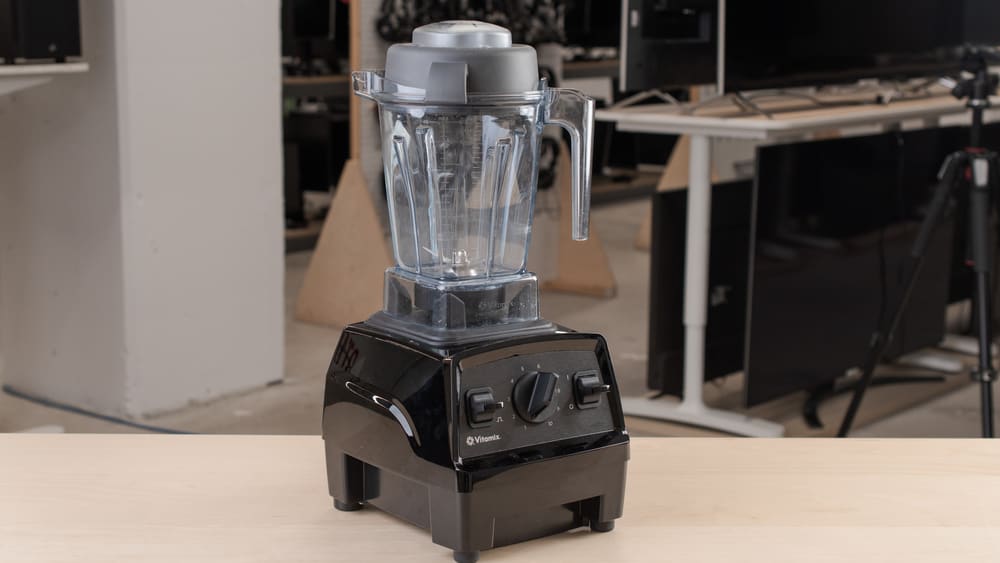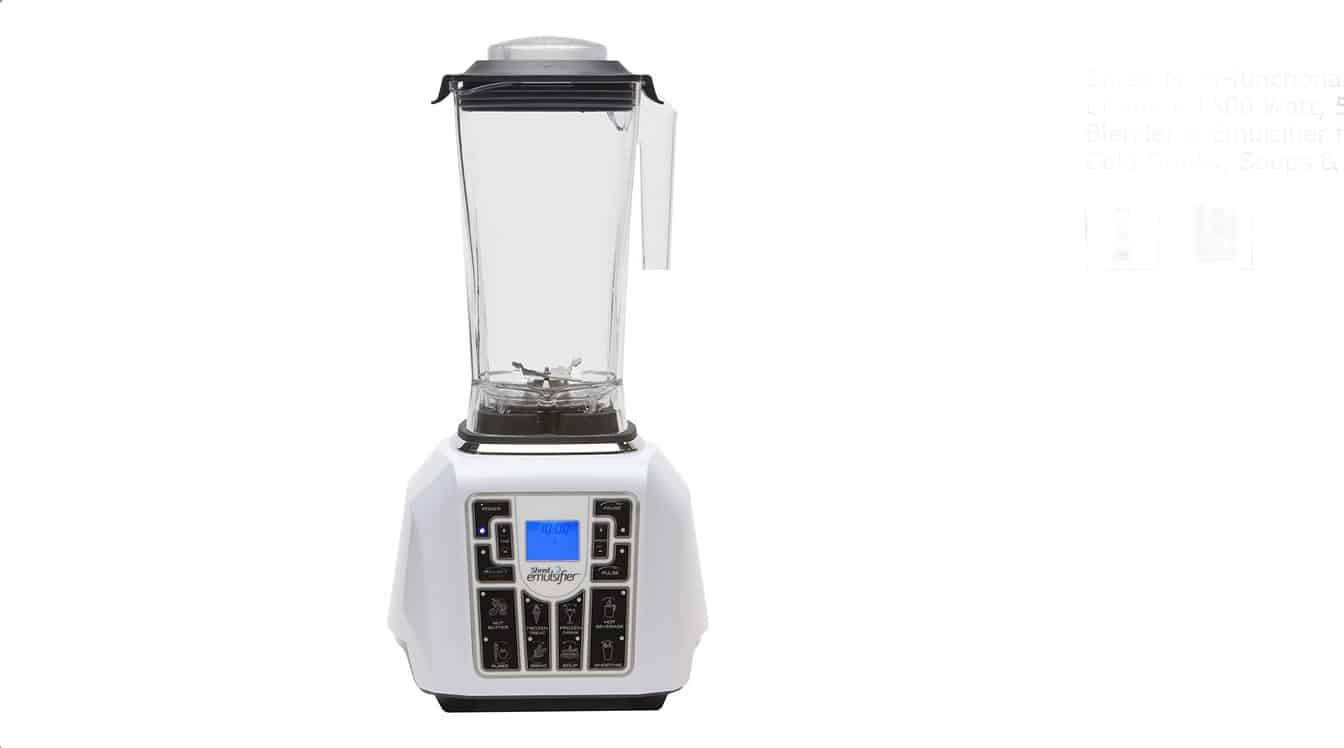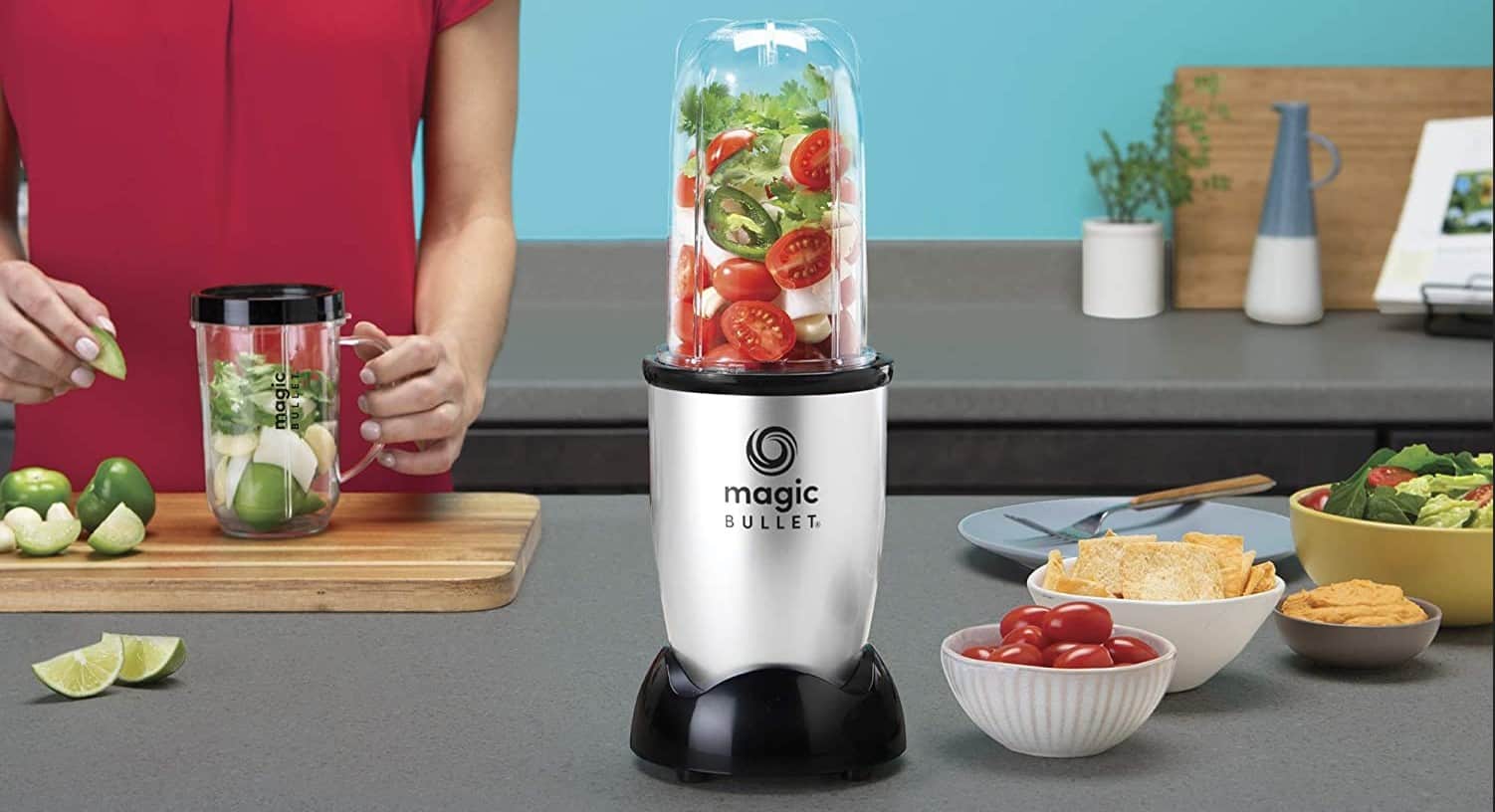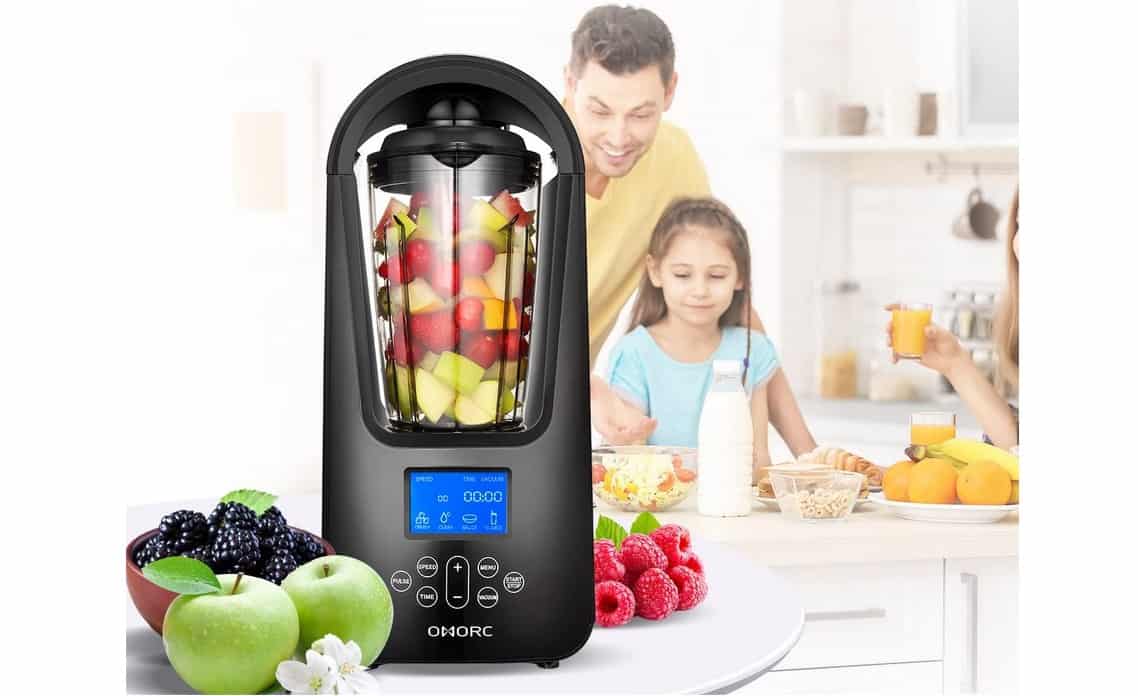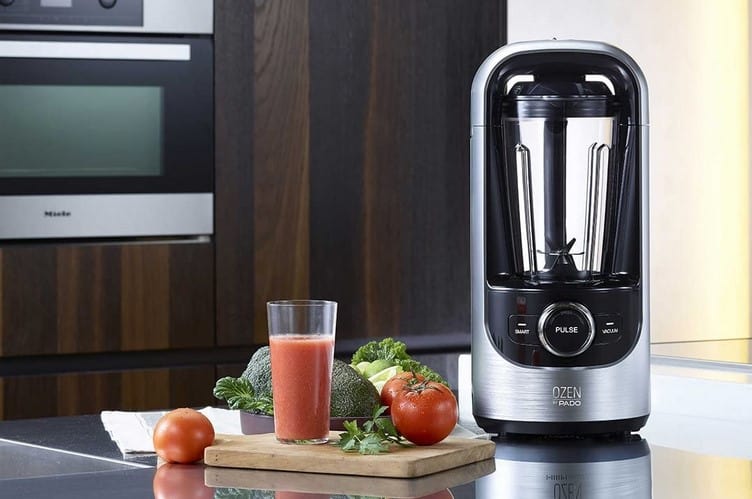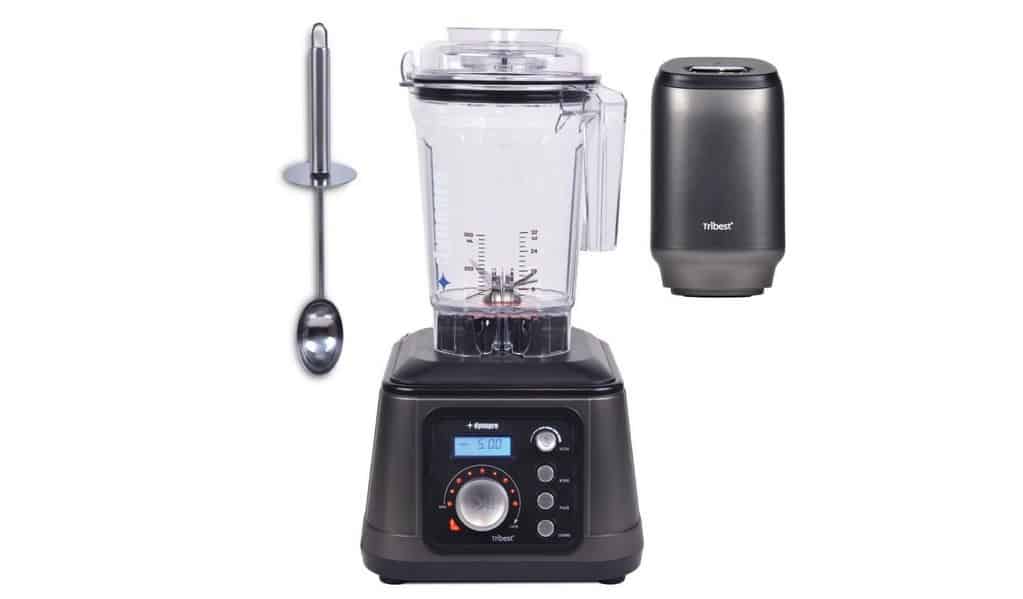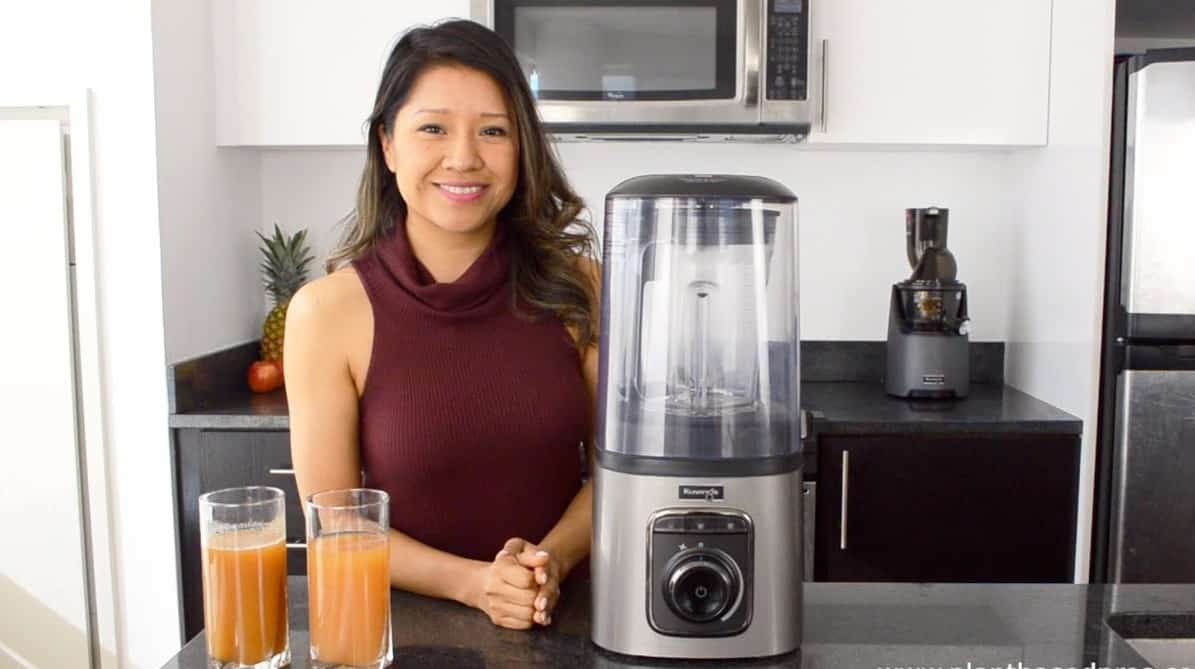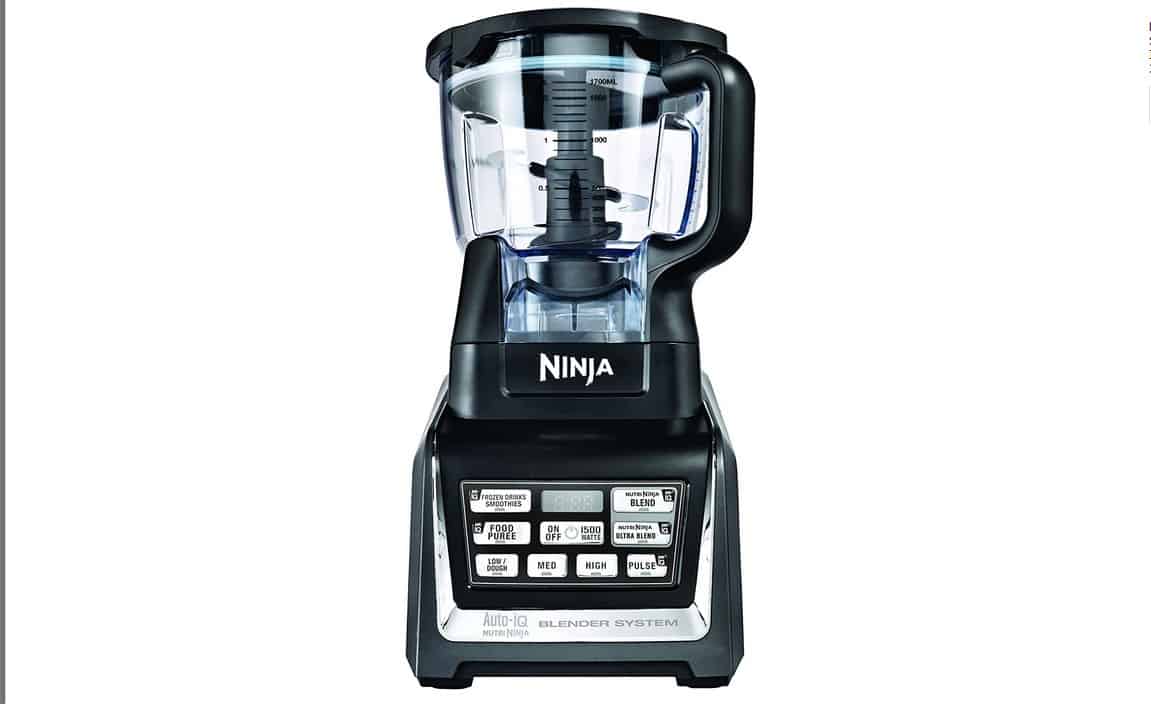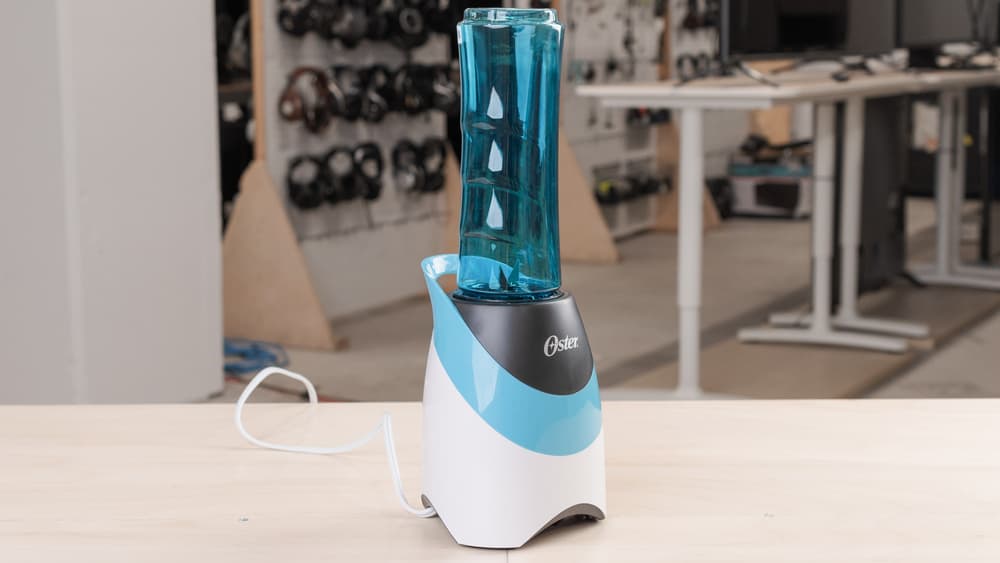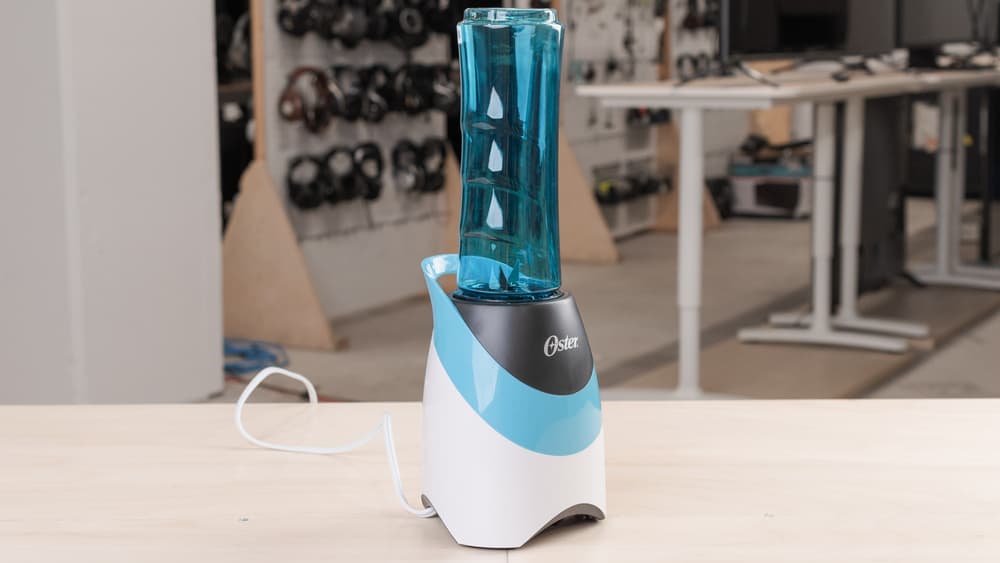If you are shopping around for a new kitchen appliance, you may be comparing a stick bender vs a hand blender. The best blenders, after all, can sometimes fall into one of these two categories. Keep reading to learn everything you’ve always wanted to know about these blender types.
KEY TAKEAWAYS:
- Stick blenders and hand blenders are essentially the same things, both falling underneath the umbrella of immersion blenders.
- These blenders are great for pureeing soups or baby food, thickening up stews, or mixing together cake batter.
- An immersion blender is also easy to clean, as you won’t have to use a blender container, mixing the items directly on the stovetop instead.
Differences Between Stick Blenders and Hand Blenders
What’s the difference between a stick blender and a hand blender? Absolutely nothing! These two terms are used interchangeably and both fall under the umbrella of an immersion blender. They are handheld blenders that are great for blending up ingredients right on the stovetop. No matter what you call them, they can be found in most kitchens. The same cannot be said when considering ribbon blenders vs paddle blenders, as these niche benders are typically found in industrial settings.
Insider Tip
Use a stick blender or hand blender to quickly incorporate some eggs or egg whites for an omelet.
Benefits of Hand Blenders or Stick Blenders
Immersion blenders, otherwise known as stick blenders or hand blenders, are incredibly useful. Here are just a few benefits of choosing this type of blender.
Thickening Stews and Soups
These blenders are perfect for thickening stews and soups without having to add corn starch or other iffy ingredients. When the soup is nearly done, simply insert the stick mixer into the pot and blend until it reaches your preferred consistency. If a soup features potatoes or beans, for instance, the recipe will thicken up nicely in no time. These blenders can also be used to simply cut apart some of the ingredients for easier serving and eating, making them a good replacement for food processors in a pinch.
Making Purees
If you want to take your soups to the next level and eliminate any and all chunks, you can go for a puree. Some soups, such as butternut squash or broccoli soups, make excellent purees. Just wait until all of the ingredients are cooked through, insert the stick mixer and blend until it has reached a delicate consistency. You can also use one of these blenders to make cake batter, pancake batter, bread dough, and all kinds of other baked goods, so long as you have a whisk attachment.
Fewer Dishes to Clean
One of the great parts of using a stick blender is that all blending is done right on the stovetop, eliminating the need to clean a countertop blender container. Hand mixers can typically be run underneath the faucet as soon as you are done, making for simple and fuss-free cleanup.
F.A.Q.S
Is there a difference between an immersion blender and a food processor?
Handheld immersion blenders are, well, held in the hand, whereas a food process sits on the counter. Food processors allow for more control options, but at the cost of a lengthier cleanup process.
When to use a stand blender vs an immersion blender?
For hot liquid and hot food, such as hot soup, an immersion blender is the way to go. For smoothies, hummus, and related recipes, go with a traditional blender.
Should I get a countertop blender or a hand blender?
With a whisk attachment, a handheld blender is a great tool for making various batters and doughs. Traditional blenders, however, are better for smoothies.
STAT: In 1937, W.G. Barnard, founder of Vitamix, introduced a product called “The Blender,” which was functionally a reinforced blender with a stainless steel jar, instead of the Pyrex glass jar used by Waring. (source)

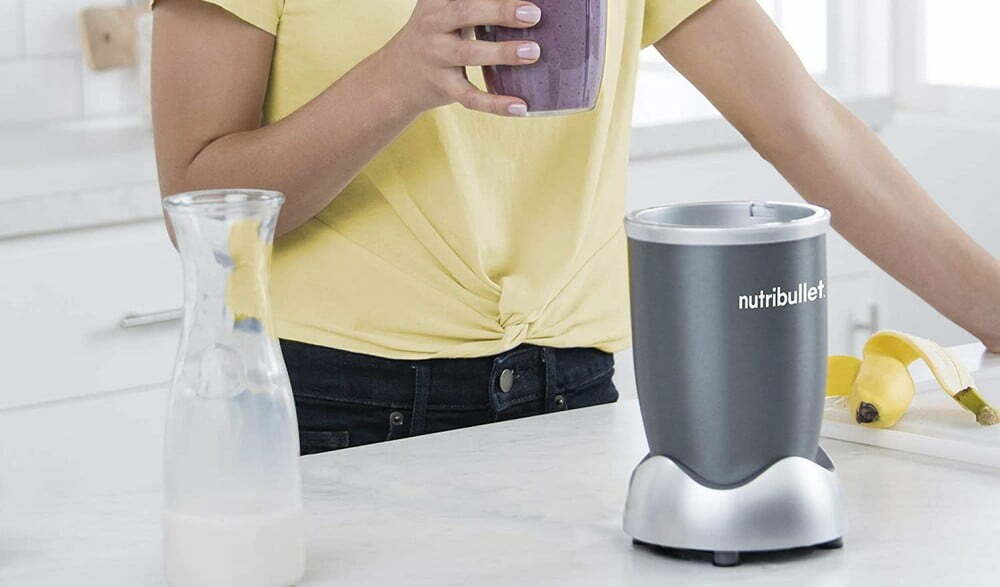













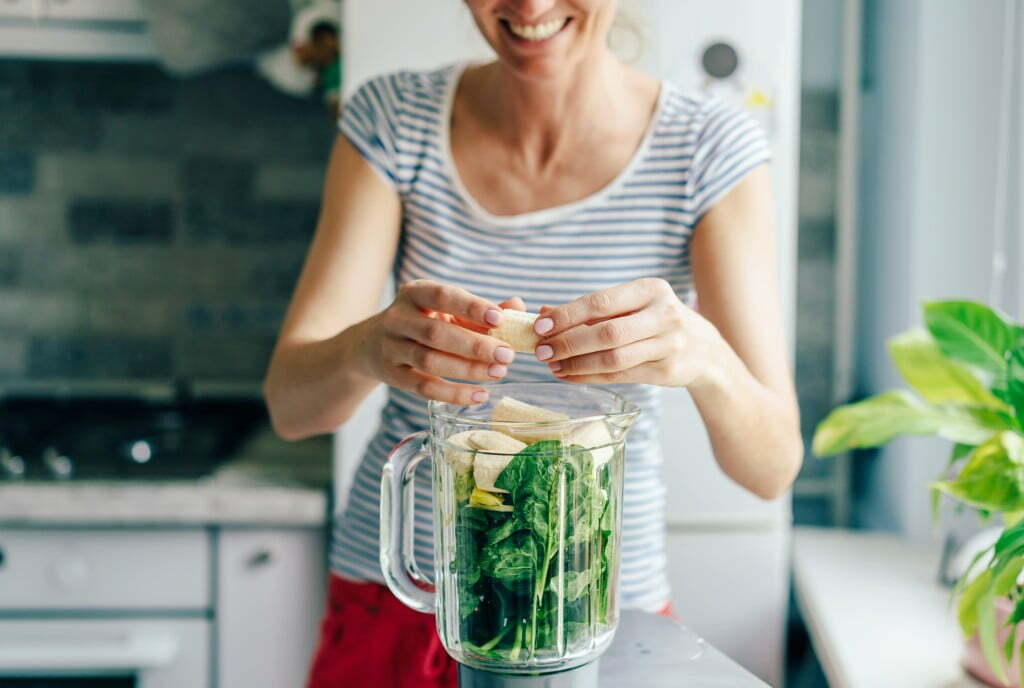
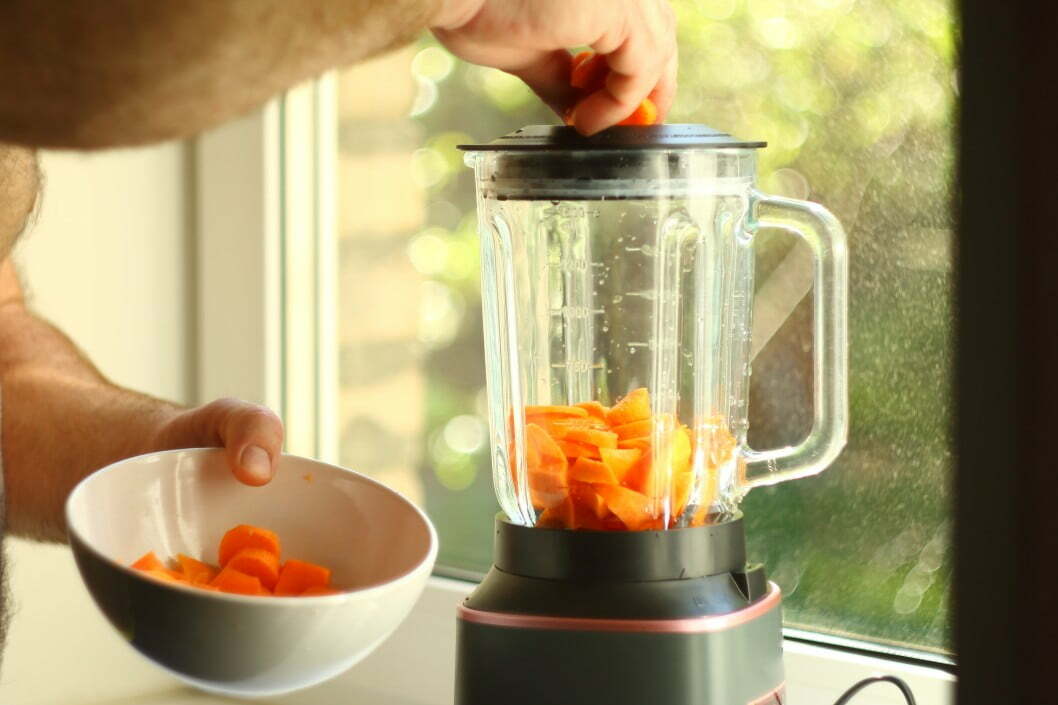
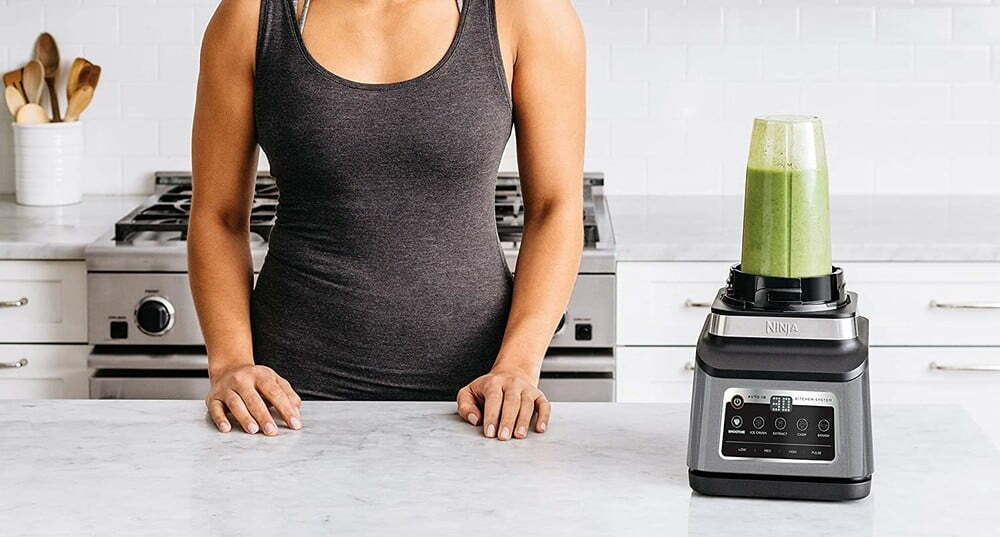
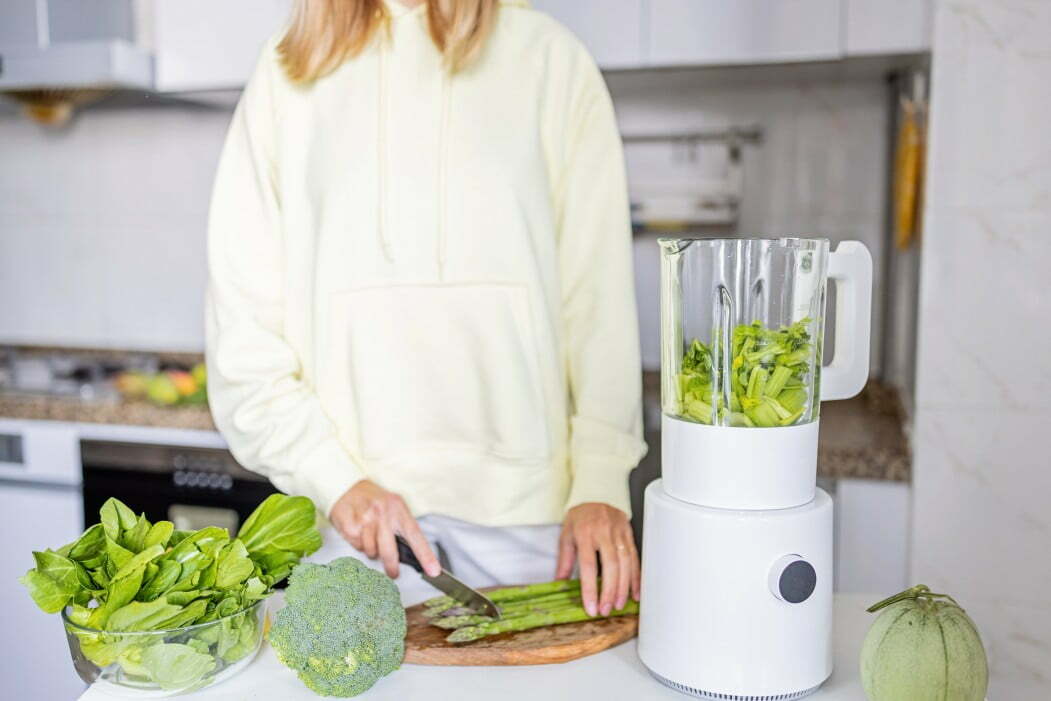
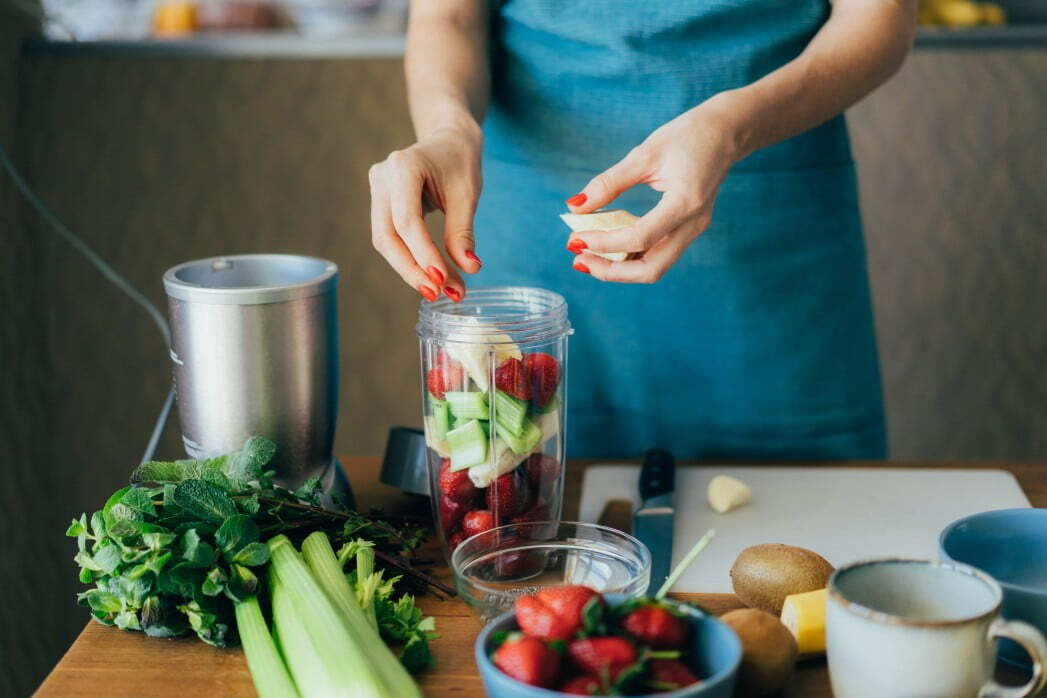
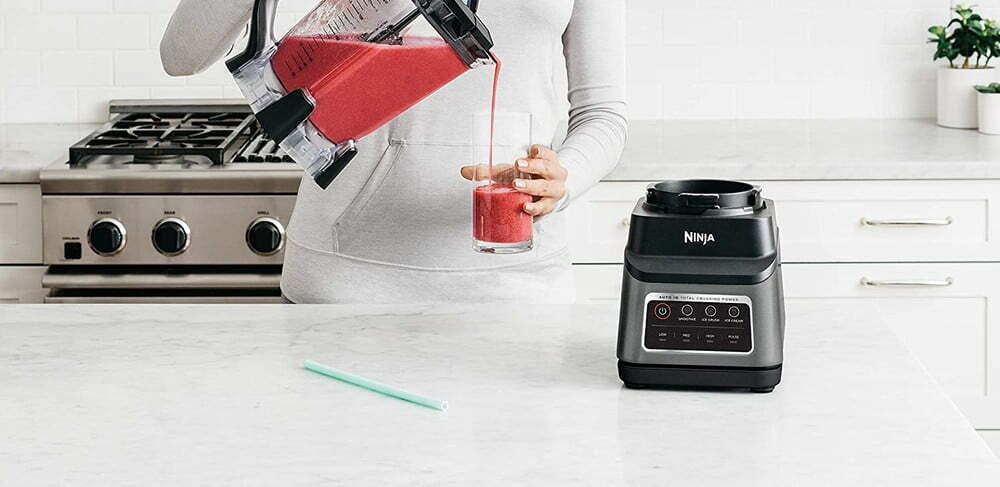
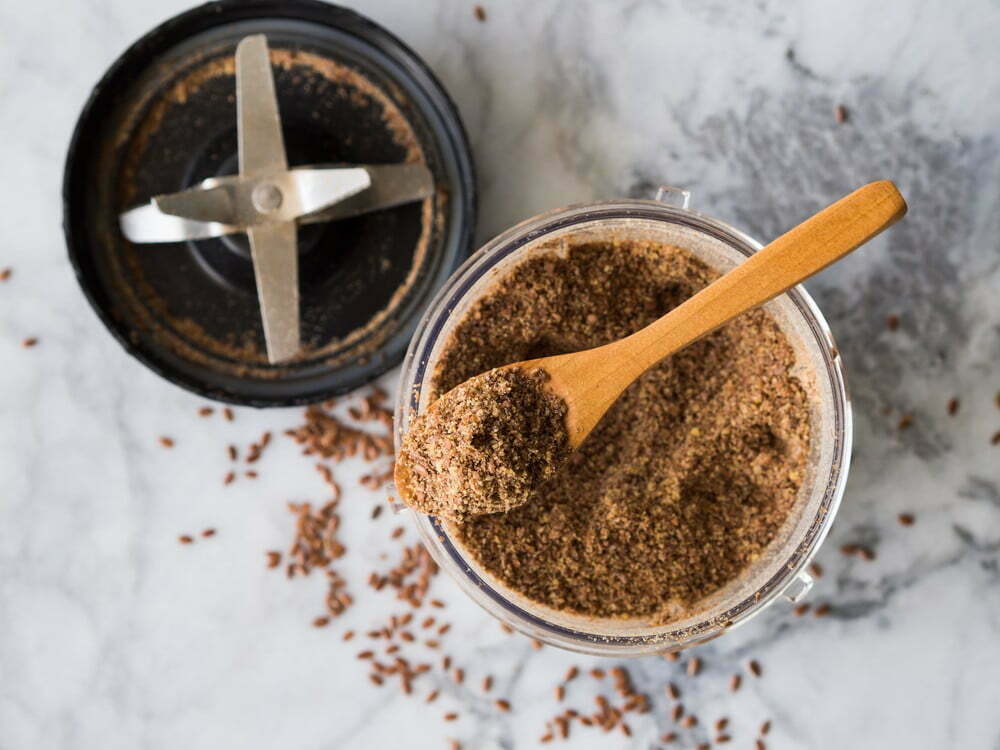
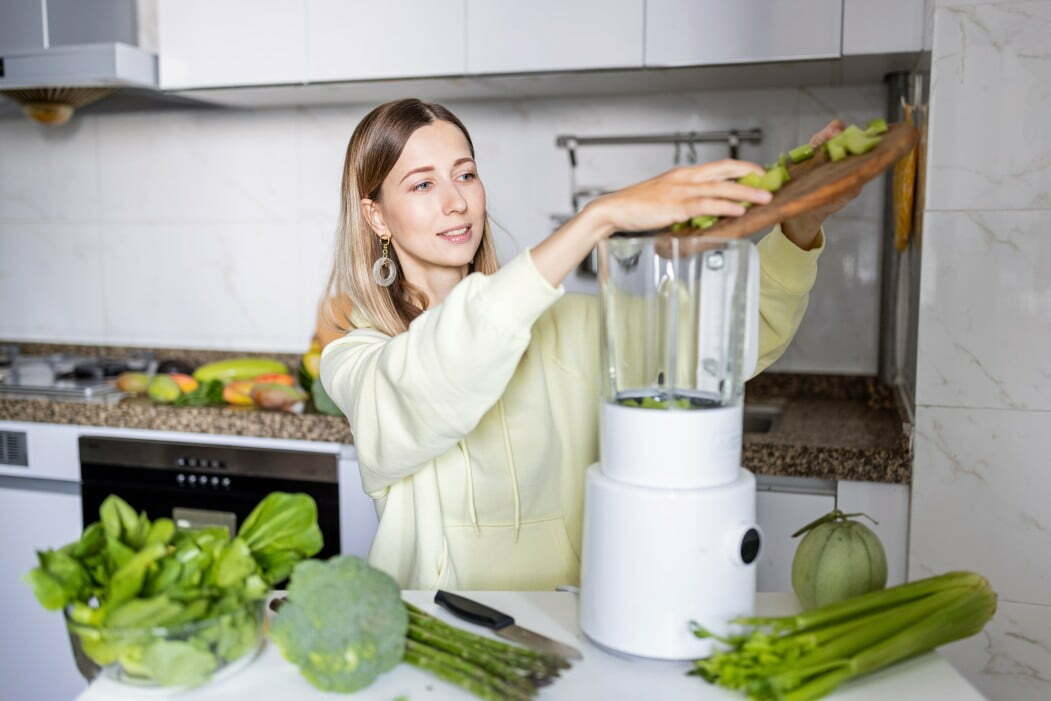
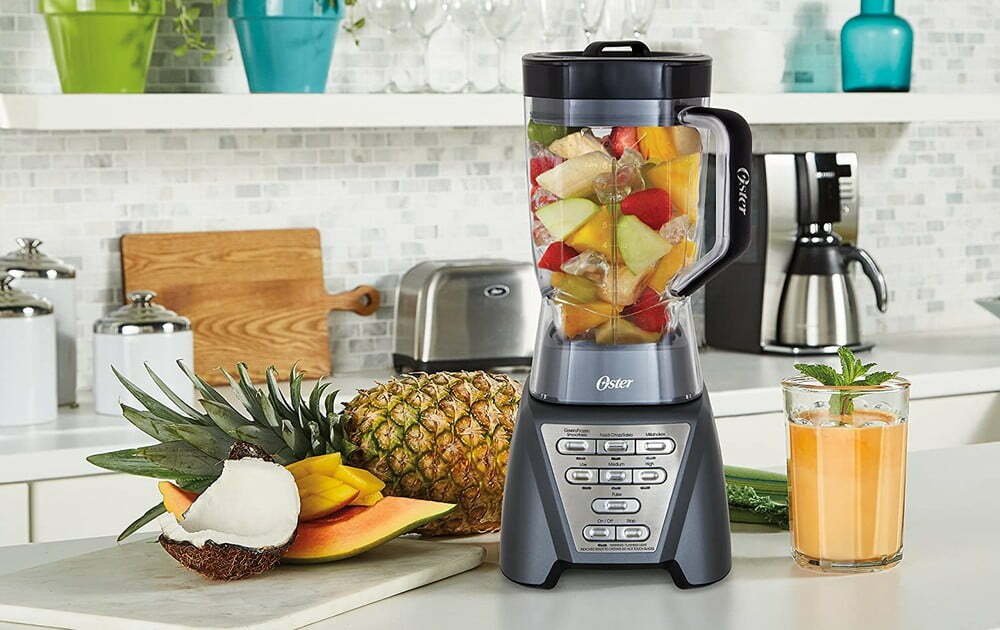
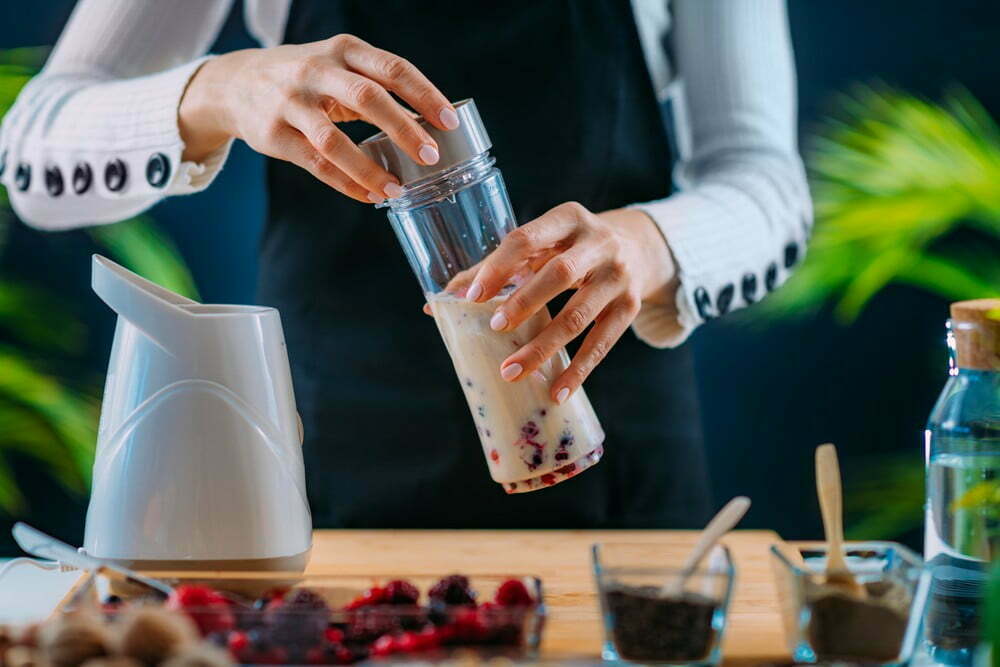
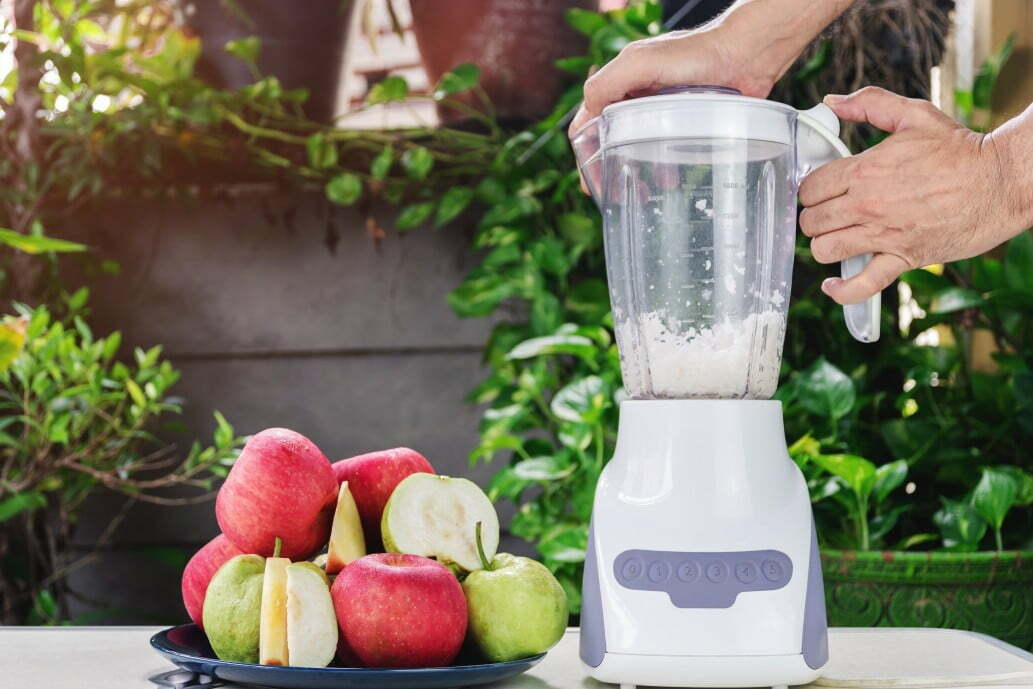
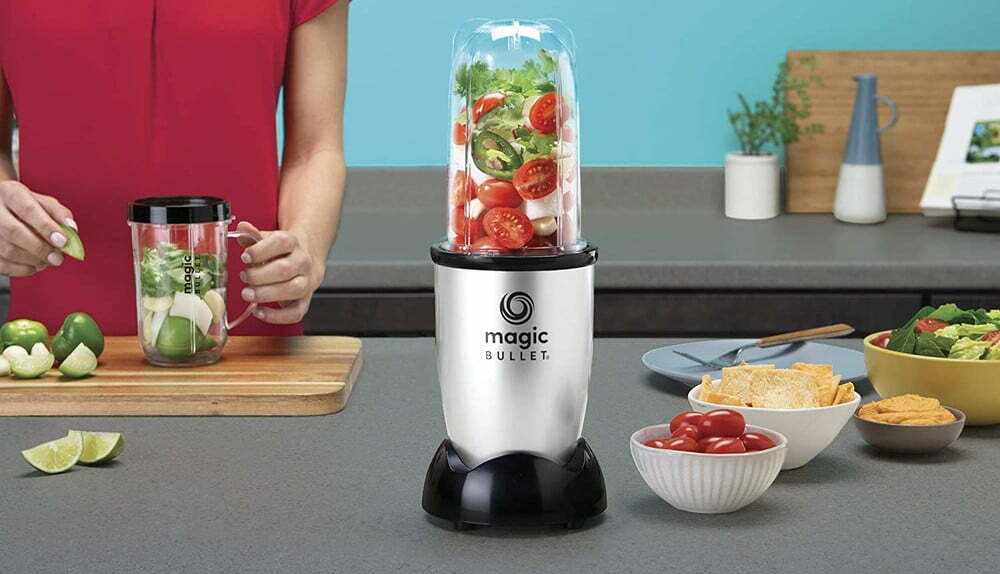
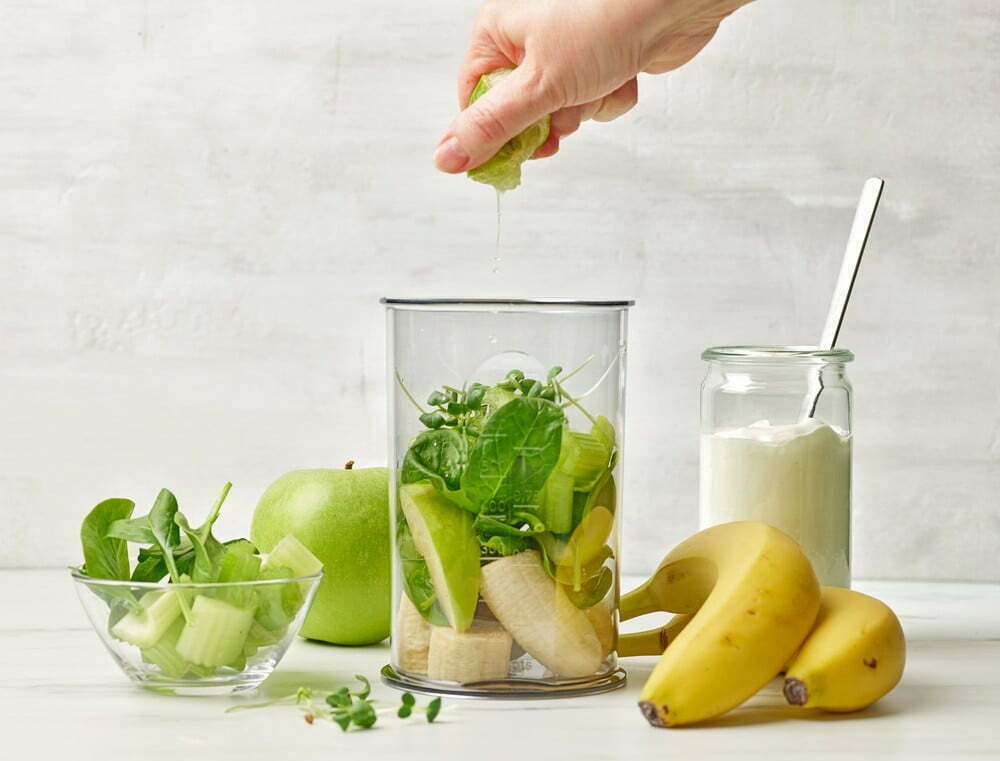
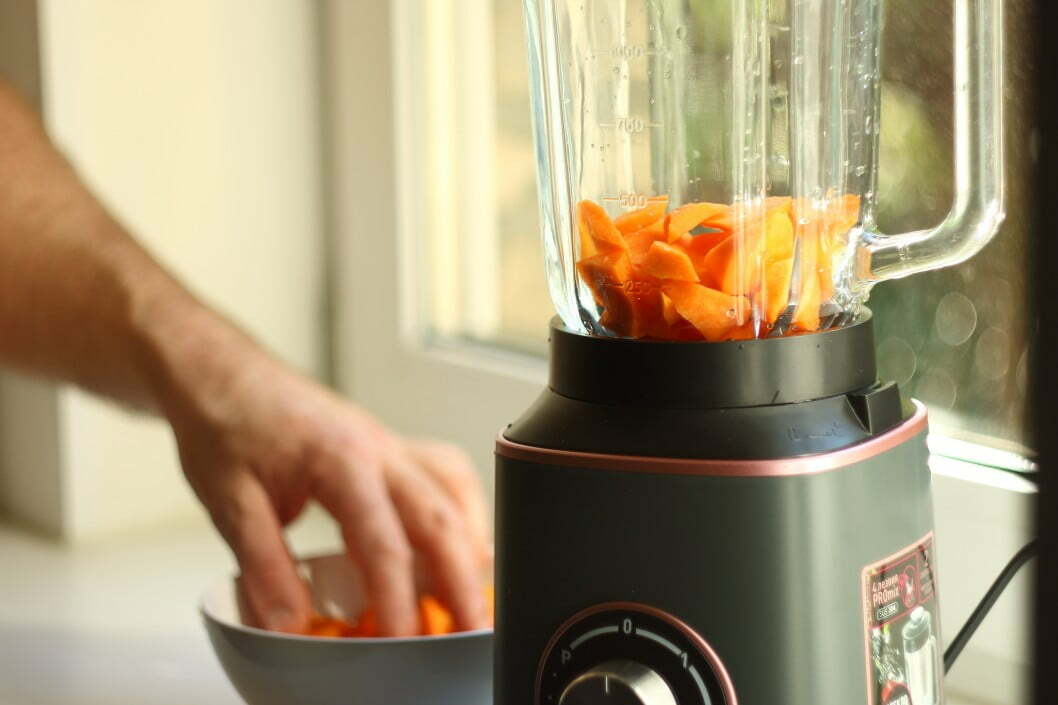
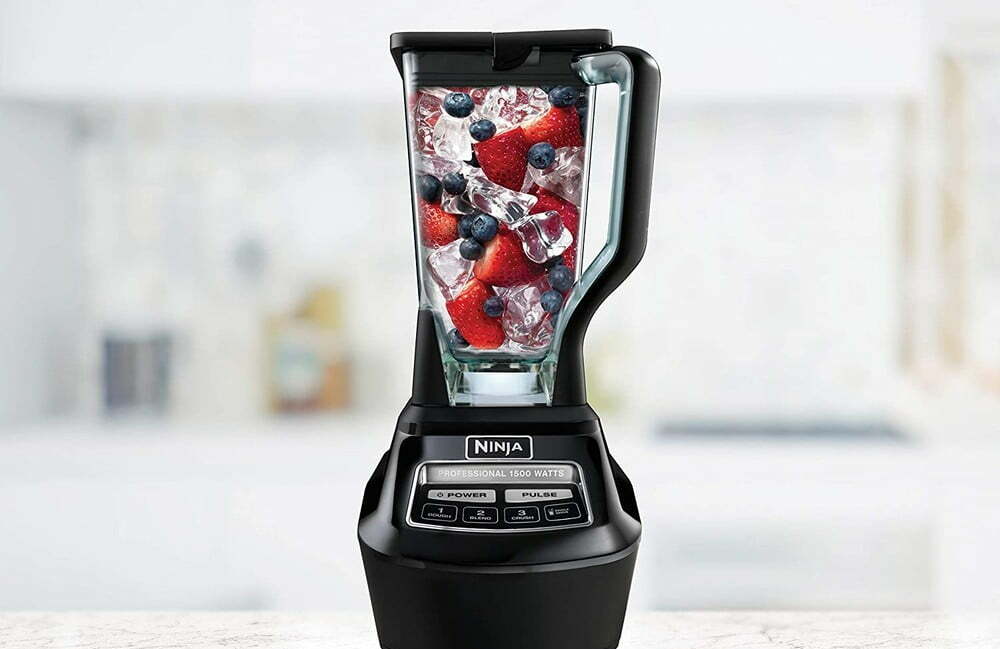
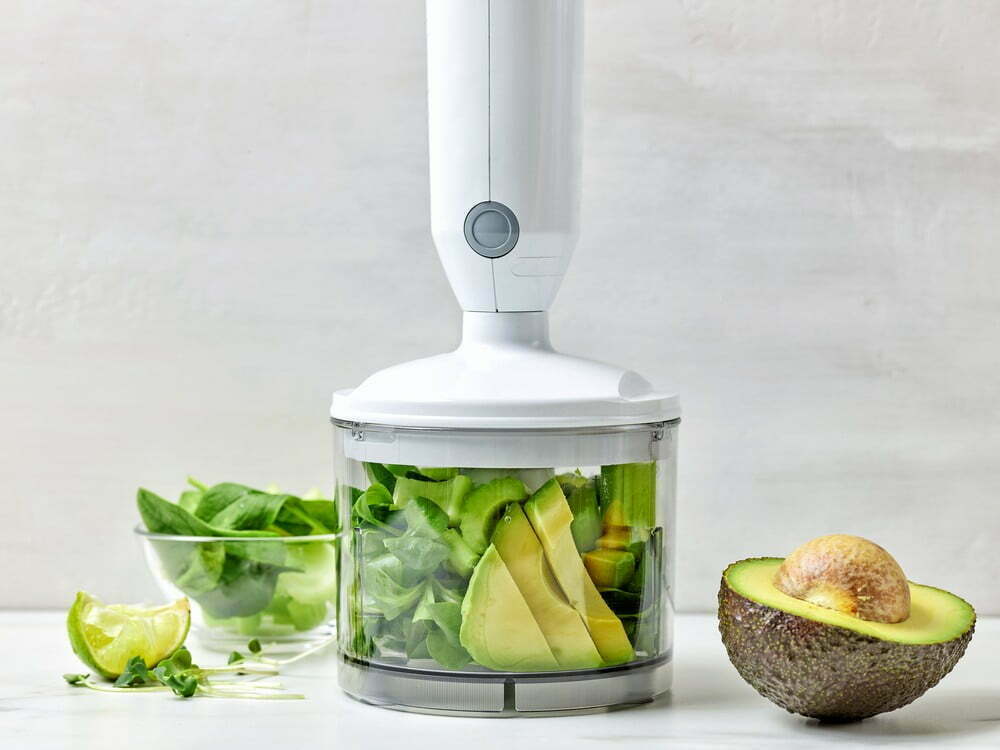
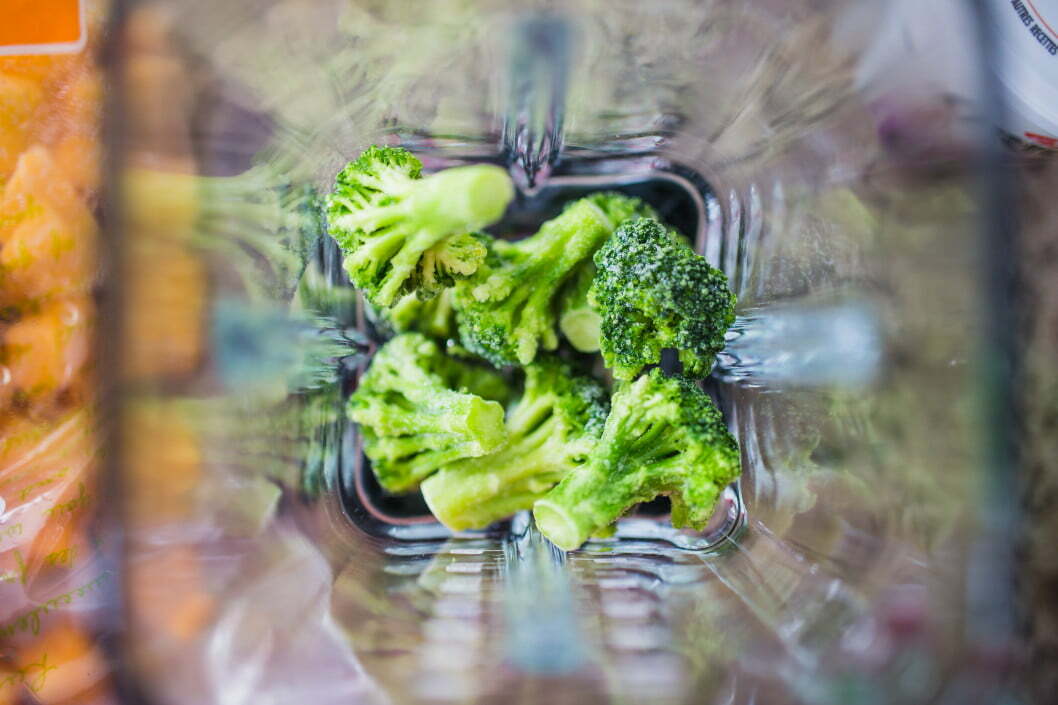
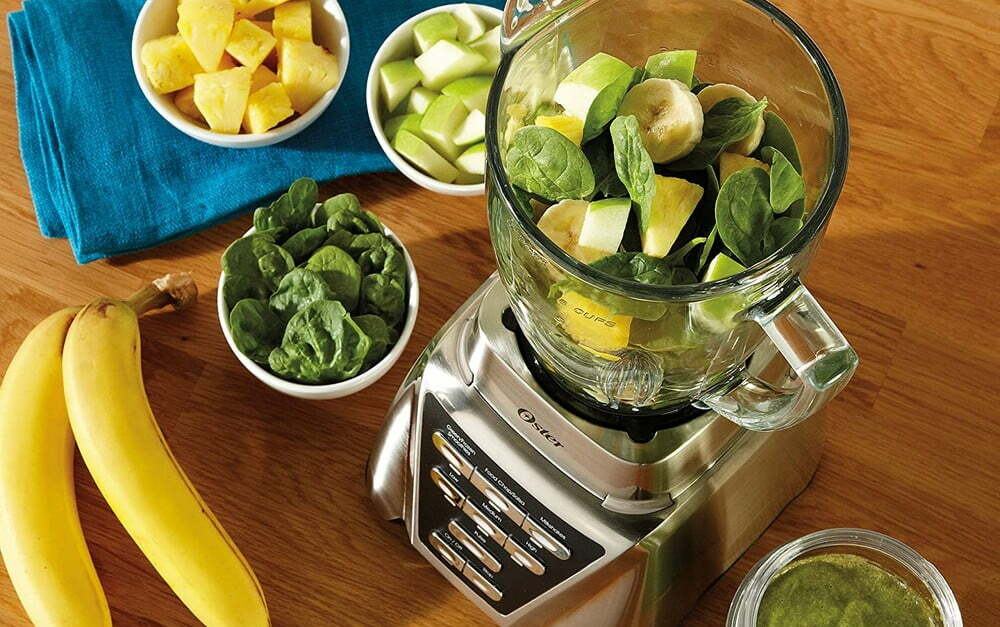
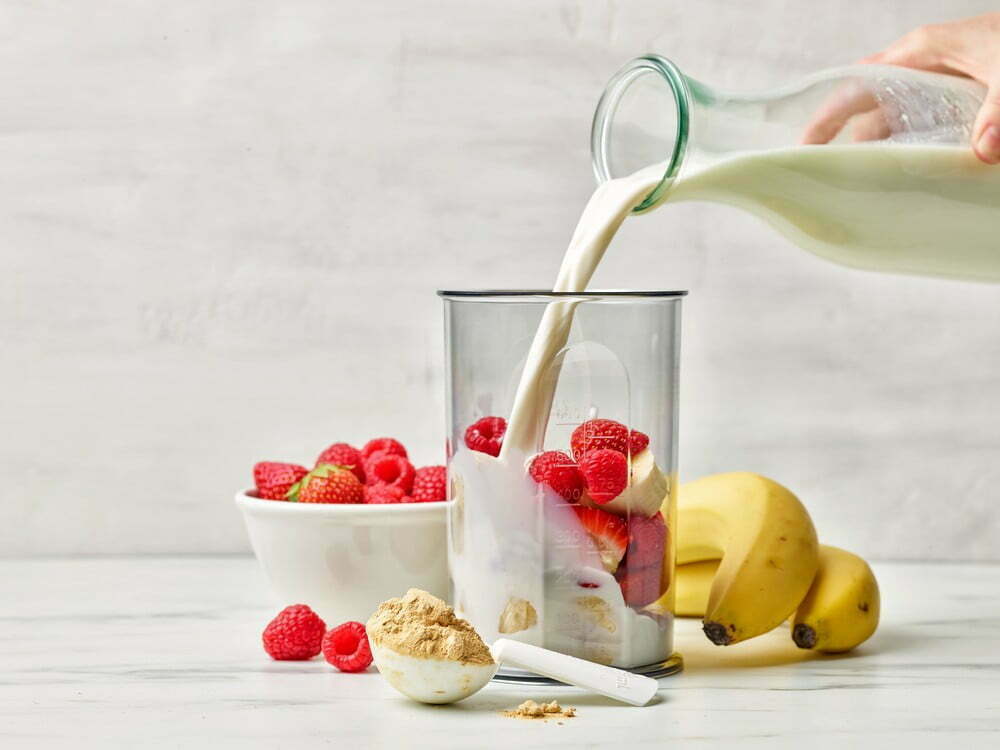
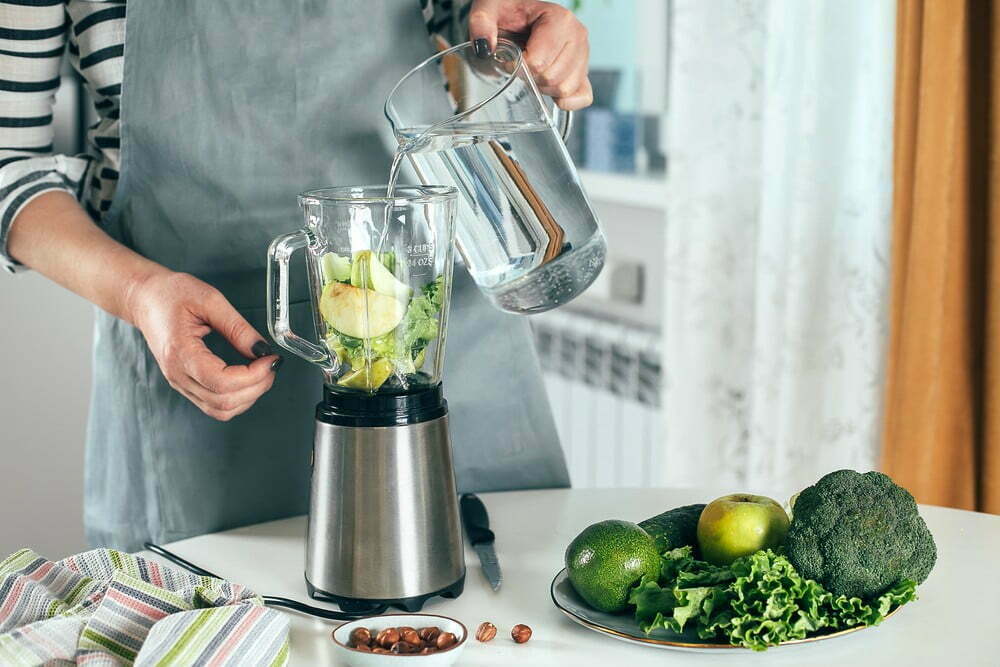
![Best Blender in [year] ([month] Reviews) 27 Best Blender in 2025 (October Reviews)](https://www.gadgetreview.dev/wp-content/uploads/best-blender-image.jpg)
![Best Kitchen Appliances in [year] ([month] Reviews) 28 Best Kitchen Appliances in 2025 (October Reviews)](https://www.gadgetreview.dev/wp-content/uploads/best-kitchen-appliances.jpg)
![Best Blenders for Acai Bowl in [year] 29 Best Blenders for Acai Bowl in 2025](https://www.gadgetreview.dev/wp-content/uploads/best-blender-for-acai-bowl-image.jpg)
![Best Blenders for Vegans in [year] 30 Best Blenders for Vegans in 2025](https://www.gadgetreview.dev/wp-content/uploads/best-blender-for-vegans-image.jpg)
![Best High-Powered Home Blenders in [year] 31 Best High-Powered Home Blenders in 2025](https://www.gadgetreview.dev/wp-content/uploads/best-high-powered-home-blender-image.jpg)
![Best Easy Clean Blenders in [year] 32 Best Easy Clean Blenders in 2025](https://www.gadgetreview.dev/wp-content/uploads/best-easy-clean-blender-image.jpg)
![Best Blendtec Blenders in [year] 33 Best Blendtec Blenders in 2025](https://www.gadgetreview.dev/wp-content/uploads/best-blendtec-blender-image.jpg)
![Best Nutribullet Blenders in [year] 34 Best Nutribullet Blenders in 2025](https://www.gadgetreview.dev/wp-content/uploads/best-nutribullet-blender-image.jpg)
![Best Vitamix Blender in [year] 35 Best Vitamix Blender in 2025](https://www.gadgetreview.dev/wp-content/uploads/best-vitamix-blender-image.jpg)
![Best Oster Blenders in [year] 36 Best Oster Blenders in 2025](https://www.gadgetreview.dev/wp-content/uploads/best-oster-blender-image.jpg)
![Best Blenders for Protein Shakes in [year] 37 Best Blenders for Protein Shakes in 2025](https://www.gadgetreview.dev/wp-content/uploads/best-blender-for-protein-shakes.jpg)
![Best Quiet Blenders in [year] 38 Best Quiet Blenders in 2025](https://www.gadgetreview.dev/wp-content/uploads/best-quiet-blender.jpg)
![Best Blenders for Milkshakes in [year] 39 Best Blenders for Milkshakes in 2025](https://www.gadgetreview.dev/wp-content/uploads/best-blender-for-milkshakes.jpg)
![Best Blenders for Margaritas in [year] 40 Best Blenders for Margaritas in 2025](https://www.gadgetreview.dev/wp-content/uploads/best-blender-for-margaritas.jpg)
![Best Blenders for Nut Butter in [year] 41 Best Blenders for Nut Butter in 2025](https://www.gadgetreview.dev/wp-content/uploads/best-blender-for-nut-butter.jpg)
![Best Ninja Blenders in [year] 42 Best Ninja Blenders in 2025](https://www.gadgetreview.dev/wp-content/uploads/best-ninja-blender.jpg)
![10 Best Vacuum Blenders in [year] 43 10 Best Vacuum Blenders in 2025](https://www.gadgetreview.dev/wp-content/uploads/best-vacuum-blender.jpg)
![10 Best Blenders to Puree Food in [year] 44 10 Best Blenders to Puree Food in 2025](https://www.gadgetreview.dev/wp-content/uploads/Best-Blender-to-Puree-Food.png)
![10 Best Blenders for Smoothies in [year] 45 10 Best Blenders for Smoothies in 2025](https://www.gadgetreview.dev/wp-content/uploads/Best-Blender-for-Smoothies.jpg)
